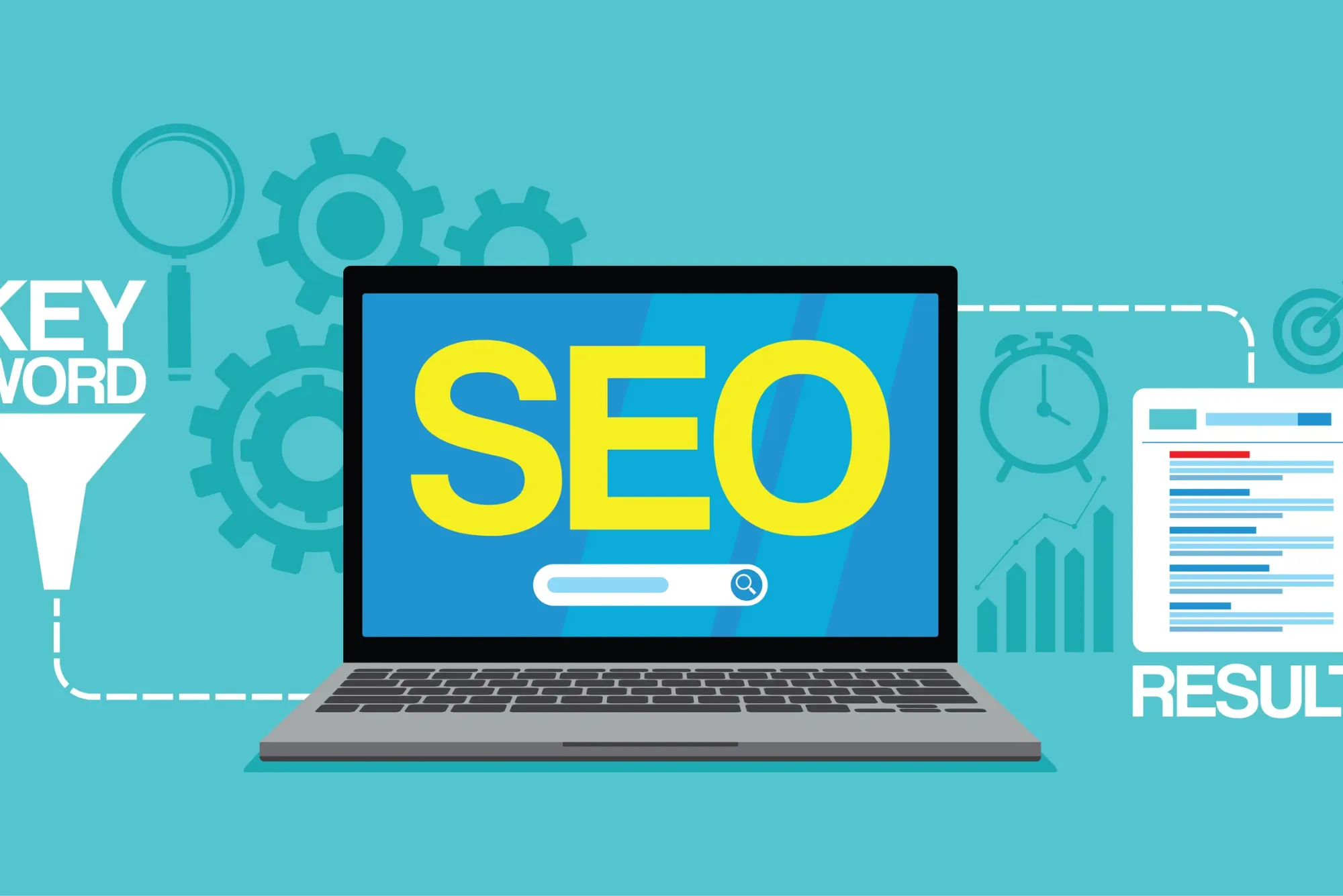In the dynamic world of digital marketing, SEO (Search Engine Optimization) and SEM (Search Engine Marketing) are two fundamental strategies that businesses use to enhance their online presence. While they share the common goal of driving traffic to websites, they differ in their approaches and techniques. Understanding these differences is crucial for crafting an effective digital marketing strategy.
What is SEO?
SEO (Search Engine Optimization) is the process of optimizing a website to improve its visibility on search engine results pages (SERPs). The goal of SEO is to attract organic, or unpaid, traffic from search engines like Google, Bing, and Yahoo. SEO involves several key components:
On-Page SEO
On-Page SEO focuses on optimizing individual web pages to rank higher and earn more relevant traffic. This includes:
- Keyword Research: Identifying the terms and phrases potential customers are searching for.
- Content Quality: Creating high-quality, valuable content that addresses the needs and interests of your audience.
- Meta Tags: Crafting effective titles, descriptions, and headers that incorporate target keywords.
- URL Structure: Ensuring URLs are clean, descriptive, and include keywords where appropriate.
Off-Page SEO
Off-Page SEO refers to actions taken outside of your own website to improve your rankings. This primarily involves:
- Backlinks: Acquiring links from other reputable websites to your site, which signals to search engines that your site is trustworthy and relevant.
- Social Signals: Engaging with audiences on social media platforms to increase visibility and traffic.
Technical SEO

Technical SEO involves optimizing the backend of your site to improve its performance and make it easier for search engines to crawl and index. This includes:
- Site Speed: Ensuring your website loads quickly on all devices.
- Mobile-Friendliness: Making sure your site is responsive and functions well on mobile devices.
- Sitemaps and Robots.txt: Providing clear instructions to search engines about which pages to crawl and index.
What is SEM?
SEM (Search Engine Marketing) is a broader digital marketing strategy that encompasses SEO as well as paid search advertising. SEM aims to increase visibility on search engines through both organic and paid means. The primary component of SEM is:
Pay-Per-Click (PPC) Advertising
PPC Advertising involves bidding on keywords to display ads on search engine results pages. Advertisers pay a fee each time one of their ads is clicked. Key elements of PPC include:
- Keyword Research: Identifying and bidding on keywords that potential customers are searching for.
- Ad Creation: Crafting compelling ads that attract clicks and drive traffic.
- Landing Pages: Designing effective landing pages that convert visitors into customers.
Benefits of SEM
SEM provides several advantages, including:
- Immediate Results: Unlike SEO, which can take months to show results, PPC ads can drive traffic to your site almost instantly.
- Targeted Advertising: PPC allows for precise targeting based on factors like location, demographics, and search behavior.
- Measurable ROI: SEM provides detailed analytics to measure the effectiveness of your campaigns and optimize accordingly.
SEO vs. SEM: Key Differences
While SEO and SEM both aim to increase visibility and drive traffic, they differ in several key ways:
Cost
- SEO: Focuses on organic traffic and involves ongoing efforts to improve site content and structure. While it doesn’t require direct payment to search engines, it requires time and resources.
- SEM: Involves paid advertising, with costs associated with each click. Budget allocation is crucial to maintain visibility.

Timeframe
- SEO: Generally takes longer to see results as it involves building authority and trust over time.
- SEM: Provides immediate visibility and can drive traffic quickly once the ads are live.
Sustainability
- SEO: Offers long-term benefits with sustained effort. Once high rankings are achieved, maintaining them requires consistent optimization but can result in ongoing traffic without additional cost.
- SEM: Provides short-term gains. Once the ad budget is exhausted, the visibility and traffic stop.
Integrating SEO and SEM
For the best results, many businesses integrate both SEO and SEM into their digital marketing strategies. This approach leverages the strengths of both methods to achieve both immediate and long-term goals. A balanced strategy might include:
- Using SEM for Immediate Traffic: Launching PPC campaigns to drive traffic while waiting for SEO efforts to take effect.
- Building Authority with SEO: Continuously improving website content and structure to gain organic traffic over time.
Understanding the differences and synergies between SEO and SEM is essential for any business looking to enhance its online presence. By leveraging both strategies, businesses can achieve a balanced and effective digital marketing approach that drives both immediate and sustainable results.
SEO Company in Mumbai
Mumbai, as a bustling business hub, is home to numerous SEO companies that offer specialized services to help businesses improve their online presence. An SEO company in Mumbai can provide a range of services, from keyword research and content optimization to technical SEO and backlink building. These companies understand the local market dynamics and can tailor strategies to target specific audiences effectively. By partnering with an SEO company in Mumbai, businesses can enhance their search engine rankings, drive more organic traffic, and ultimately achieve better online visibility and growth.
Al Tawakkal Typing
Al Tawakkal Typing is a well-established service provider offering a range of typing and documentation services. They specialize in typing official documents, legal papers, and various forms of written content with high accuracy and efficiency. Al Tawakkal Typing is known for its professional approach, timely delivery, and attention to detail, making it a trusted choice for individuals and businesses needing reliable typing services. Their expertise ensures that clients receive precise and well-formatted documents, essential for any professional or official requirement.





